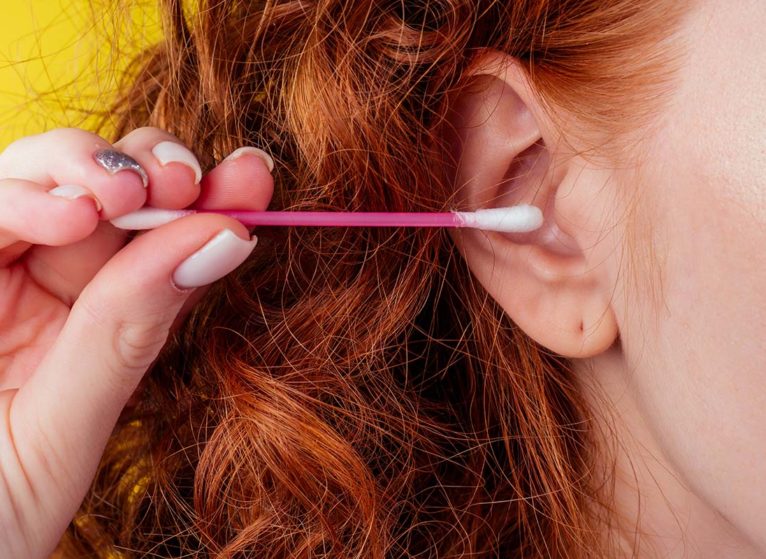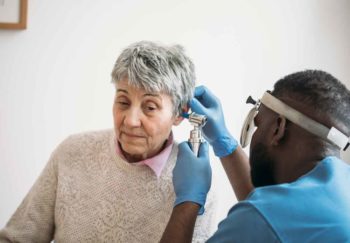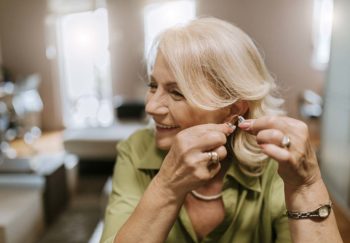Ears are pretty remarkable. They’re highly complex and help us experience all the many sounds the world has to offer — from the subtle purr of a kitten to a raucous rock concert.
Earwax, on the other hand, is something many people want to get rid of. But do we need to? Should we even try? We talked with otolaryngologist Bradley Kesser, MD, who specializes in ear, nose, and throat surgery, to learn the common myths and facts about earwax removal.
Myth: Earwax is Dirty
Fact: Far from being dirty, earwax actually prevents dirt and dust from getting into your ear. “The skin of the ear canal is very thin,” explains Kesser. “Earwax coats that delicate skin and protects your ear canal from bacteria and infections.”
Earwax isn’t really wax. It’s a greasy substance made by glands in the outer part of your ear canal. It comes in many different shades, including yellow, brown, orange, red, and gray.
Myth: Earwax Removal Should Be Part of Your Routine
Fact: Unlike our teeth, hands, or most of our body, our ears clean themselves. As long as your ears are working properly, you don’t need to worry about earwax removal. Healthy ears take care of earwax removal on their own.
Need Help With Your Ears?
Our audiologists and ear, nose, and throat (ENT) specialists can clean your ears, remove impacted wax, treat ear infections, and more.
Here’s out it works: Cells inside your ear move out of your body and take earwax with them. If you could put an ink spot on your eardrum, the spot would move and come out of your ear canal in about 2-4 weeks.
“The ear cleans any debris, wax, or particulate matter and the outer ear is a pretty amazing self-cleaning system,” says Kesser. He tells his patients to gently clean the outside of their ears with a soapy washcloth.
Myth: Q-Tips & Ear Candling Are Safe
Fact: It's a bad idea to put anything in your ear. That includes ear candles or Q-tips and other cotton swabs. Q-tips not only remove healthy wax, they also scrape the delicate skin of the ear canal and can cause infections.
Kesser says he had a patient who put a Q-tip through their eardrum. “It’s very painful and very dangerous,” he says.
And while Q-tips will remove some earwax, they also pack wax down into the ear canal. “You’re risking infection and irritation of the ear canal,” says Kesser. “There's the old mantra: nothing smaller than your elbow in your ear.”
Ear candling is putting a lighted hollow candle inside your ear for earwax removal. If you think that doesn’t sound like a good idea, you're right. Ear candles don’t work, and you can burn your ear.
“Candles are neither safe nor effective,” says Kesser. “They don’t remove any wax. All you're seeing is the candle wax. I highly, highly counsel against them.”
Myth: No One Needs Their Ears Cleaned Professionally
Fact: Sometimes earwax builds up in the ear canal and can cause problems, especially for people with narrow ear canals or really sticky earwax. A wax blockage is a common causes of hearing loss, and a doctor can help. You should see your doctor if you have:
- Trouble hearing
- Pain or fullness in your ear
- Itchy ears
- Discharge from your ear
Your doctor can look at your ears for signs of infection and take care of earwax removal safely. A doctor can also tell you how often you need your ears cleaned. Kesser recommends patients get a cleaning once a year if they have problems.


